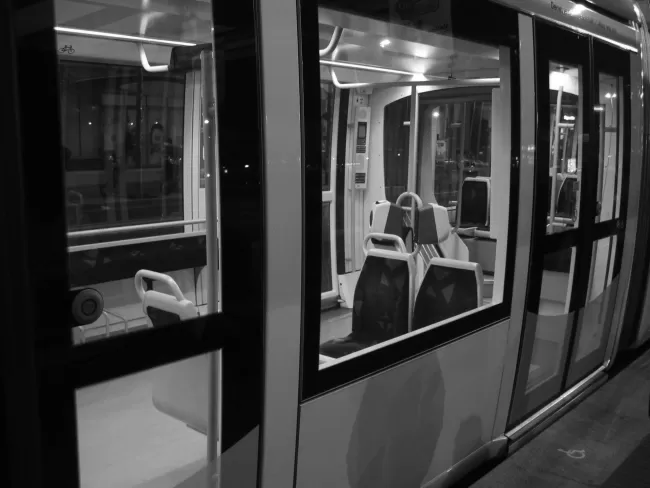Infrastructure
Today the traveler and the commuter experience distinct infrastructural attributes that reflect a city’s spatial development, how the city deals with potential morphological changes, and economic and political influence. Infrastructure directly communicates, among other things, political ambition, controversies, conservatism, innovation, and courage. It indicates how a city strengthens or defends its current role, all while inhabitants oscillate between center and periphery more than ever before.
In Switzerland, the migration of passengers from the center to peripheral regions shows the conservative desire to maintain a stable city center. However, with stability and rigid power hierarchy, major cities rarely confront massive change or new, potentially important interconnections. Thus, rather than strengthening the center, the opposite occurs. Cities do not create new and efficient connections between quarters to develop an efficient inner network, but instead increasingly connect to the periphery.

Today, travel time to reach a different city quarter is much longer than to reach the regional outskirts. Soon cities will increasingly struggle to maintain regional dominance. The capacity to mobilize commuters quickly and comfortably becomes a key criterion in attracting and extending the radius of dominance. The region therefore becomes an urban conglomeration of cities searching for critical mass to maximize the efficiency of supply and distribution. This phenomenon will contradict the coherence which has been thus far the nature of Swiss infrastructure. The target area will dissolve, undermining the attempts to allow participation from every geographic point and to sustain the infrastructure democratically across the net.
Modernization of a coherent network costs a fortune. This is a critical discussion, as not all areas require modernization and many can continue to function with the existing machinery. The regions that have dedicated themselves to connecting to the center help to concentrate financial means and thus facilitate modernization in a linear pattern. Regions will operate as today’s cities and become fields of concurrence. Flirting playfully, the spatial counterparts of the city and the periphery will dance tirelessly. The required effort and the potential for networking will determine participation while government intervention to balance inequalities will address affordability and the costs of staying in the network.
Modernization does not have to be coherent, does not need to systematically impose on the whole.
It may become a system of particularities and continuous anticipation; finally a collage that is capable of integrating difference, polarity, and contrast into one picture. It frees the system from hostility to new ideas and adaptations with the knowledge that it would be implemented on the entire scale of the “coherent” network. The ideal system is therefore one that is impossible to complete, it is one that cannot reach the status of coherence. In the future it will be interesting to observe traffic nodes that are no longer in line with a coherent hierarchy. The smaller will not necessarily connect to the smallest or to the small, but potentially to the huge. The polarities and the juxtaposition of “inconvenient” meetings will in fact inform a new operational relationship between the city and the region.